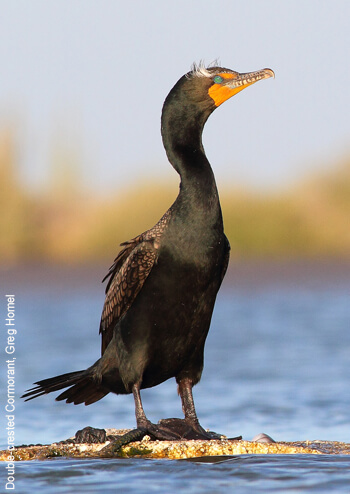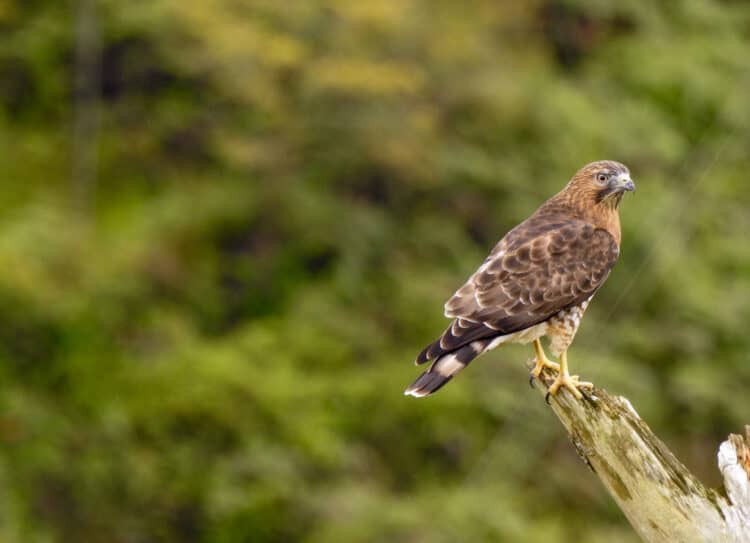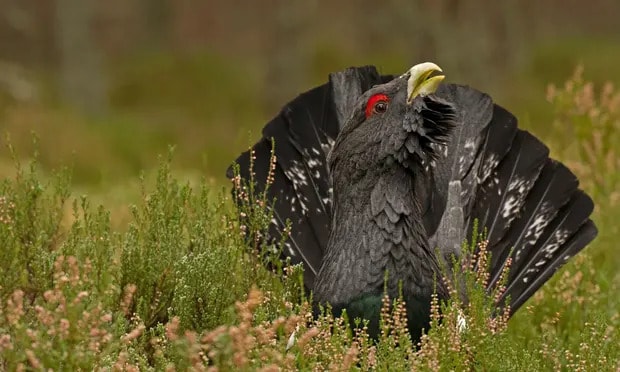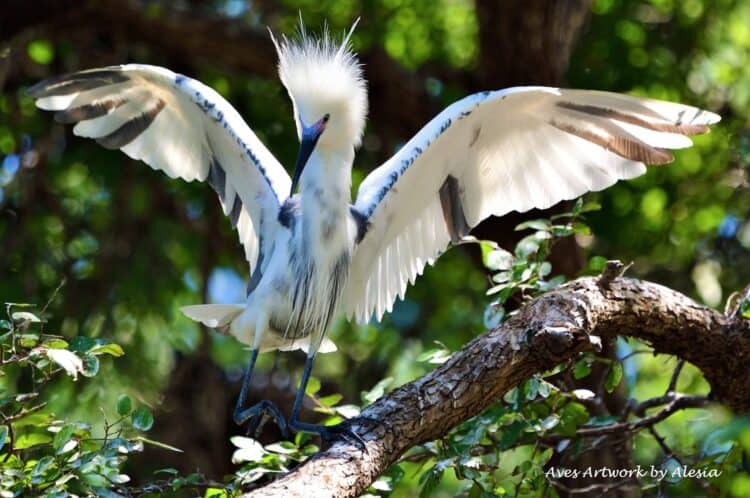(Washington, D.C., August 22, 2014) American Bird Conservancy (ABC), a leading national bird conservation organization, has raised multiple objections to assertions by the U.S. Army Corps of Engineers in their proposal to kill 16,000 cormorant birds on East Sand Island (ESI), in the Columbia River Estuary, as part of a plan to reduce predation of juvenile salmonids including salmon smolt by the birds.
The Army Corps plan to kill the Double-crested Cormorants over a period of four years, was outlined in a draft Environmental Impact Statement (DEIS) for their Double-crested Cormorant Management Plan to Reduce Predation of Juvenile Salmonids in the Columbia River Estuary. The conclusions reached in the DEIS prompted ABC to send a 23-page comment letter on August 19 to Sondra Ruckwardt at the U.S. Army Corps of Engineers’ Portland District Office. The Army Corps had solicited comments to their proposal via a June 12 public announcement.

According to ABC’s Dr. George Wallace, who wrote the comments and who is also the organization’s Vice President for Oceans and Islands, “We have deep concerns about the DEIS and the preferred alternative… The determination that the breeding population on ESI must be reduced to approximately 5,600 breeding pairs is not based on any rigorous or peer-reviewed analysis.”
About 15,000 pairs of Double-crested Cormorants (DCCO) are estimated to nest on ESI. Adult DCCOs are large, brownish-black birds with a small pouch of yellow-orange skin on the throat. The island provides excellent breeding habitat for the birds and a base from which to depart in search of small fish, which they capture in hooked beaks while diving into water.
Wallace added that, “Salmon smolt consumption by cormorants has varied from levels that are considered acceptable by NOAA Fisheries (2 million smolts in 2005) to those considered highly unacceptable (20 million smolts in 2011), despite little change in size of the ESI DCCO colony. The lack of a direct correlation between smolt consumption and DCCO colony size means that the number of smolts saved from management to reduce colony size is difficult to predict based on colony size alone.”
ABC asserts that the lethal approach being recommended by the Corps in reducing the numbers of DCCO is offered “…without adequate justification and explanation of why the same result cannot be achieved through non-lethal methods.” ABC says that the expected benefits to salmon hinge not in how cormorant numbers are controlled (through harassment or lethal control), but in the habitat modification that must occur to maintain the breeding DCCO population at the Corps’ target of 5,600 breeding pairs.
Furthermore, ABC says the recommended alternative would reduce the entire western DCCO population by approximately 25%, constituting a depredation control order going beyond local ramifications to encompass the entire western DCCO population. It is not clear if permits issued under the Migratory Bird Treaty Act (MBTA) for this type of action can be legally used to reduce an entire regional population of a species protected under the MBTA. ABC says further that the MBTA requires that permits for lethal control not be issued until it has been demonstrated that non-lethal methods are ineffective.
“Even then, lethal control cannot be the sole method of control and must be used in concert with non-lethal methods. We question the legality of issuing a depredation permit that apparently violates basic operating tenants of the MBTA,” Wallace said.
ABC also charged the Corps with misinterpreting scientific data to make its case and then completely ignoring other science that offered findings that appear to not support the proposed action.
This article was first published by American Bird Conservancy, the Western Hemisphere’s bird conservation specialist—the only organization with a single and steadfast commitment to achieving conservation results for native birds and their habitats throughout the Americas. With a focus on efficiency and working in partnership, we take on the toughest problems facing birds today, innovating and building on sound science to halt extinctions, protect habitats, eliminate threats, and build capacity for bird conservation.







Leave a Reply